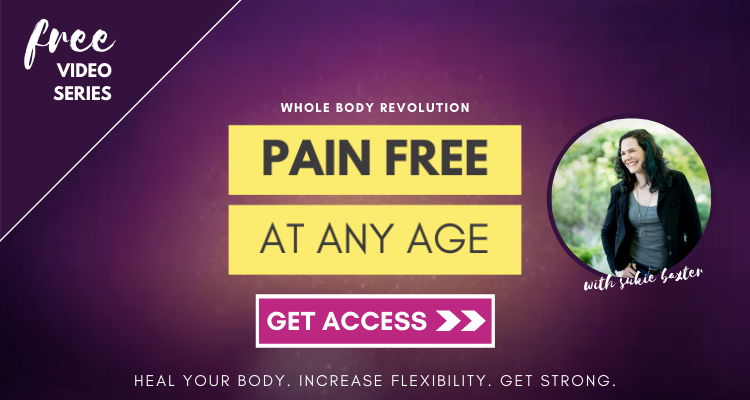The Back and Neck Pain Epidemic
Back and neck pain are becoming more and more common, to the point that we’ve accepted aches in our spine, shoulders and neck as part of normal, everyday life. The American Academy of Orthopedic Surgeons reports that back pain is the second most common reason for doctor’s office visits and the United States medical bill has soared up 65% since 1998 to a staggering $86 billion dollars per year.
Why are we experiencing this back and neck pain epidemic, you ask? Well, because of the bewitching machine that you and I are just now staring at – the ubiquitous computer.
Look around you and you’ll notice a lot of people who sit with their heads forward, rounded shoulders and a collapsed chest. Computers, television, driving, and almost everything else that we do during our daily lives, make us focus forward and forget about the back half of our bodies. We lose awareness of this space entirely and fall into our front halves.
We don’t live in a world where we must constantly be aware of what’s going on behind us. There’s no tiger stalking us in the bushes, no neighboring tribesman hiding out and waiting to kill us. We’re really pretty safe.
About the only people who have this back space awareness are elite athletes in sports like basketball and soccer where you need “eyes in the back of your head” to tell you what’s going on 360 degrees around your body. The rest of us need to work a little harder to regain this lost personal space. Amazingly, just being aware of our back instantly improves posture! How nice, no forced shoulders back and gut-sucking-in, right?
As an added bonus, people with good posture have less back and neck pain because there is less strain on the spine and the muscles surrounding it.
But there is a caveat: when you forcibly place your body into any given position, you really are just overlaying one pattern on another. You’re not correcting bad posture, and once the tight muscles holding your body upright are released, you’ll resume your previous slouchy ways. We take on postural patterns of tension like layers of an onion.
When it’s totally relaxed and in perfect balance, your body will naturally find a place of ease in gravity, and that will give you beautiful posture.
So, here’s how you can instantly improve your posture and get back and neck pain relief: I want you to lie on the floor (you can put a bolster or pillow under your knees if it’s too much strain on your back) and take a few relaxing breaths. Now, spend some time breathing into your spine. See if you can feel the floor with the entire length of your back – without pressing it into the floor. Really give yourself time for this exercise, a minimum of twenty minutes. With each breath, try to fill more of the lung space in your back.
Ask yourself what else in your body you need to let go of in order to relax your back – chest, stomach, thighs, feet. Don’t judge. Remember, your entire body is intricately connected. While it might not make any sense to you that relaxing your feet could change your breathing in your back, your body understands it.
Play around with breathing into shoulders, hips, even knees and feet, seeing if you can let your body go entirely and be completely supported by the floor. It’s amazing how much we want to hold ourselves up and how much energy can be saved when you let go of excess tension!
When you’ve spent a good amount of time breathing into your back, slowly stand up, close your eyes and check in to see how you feel. You may notice less tension, a feeling of lightness and reduced neck and back pain right away from this exercise.
[sc name=”ppfl-cta” ]
